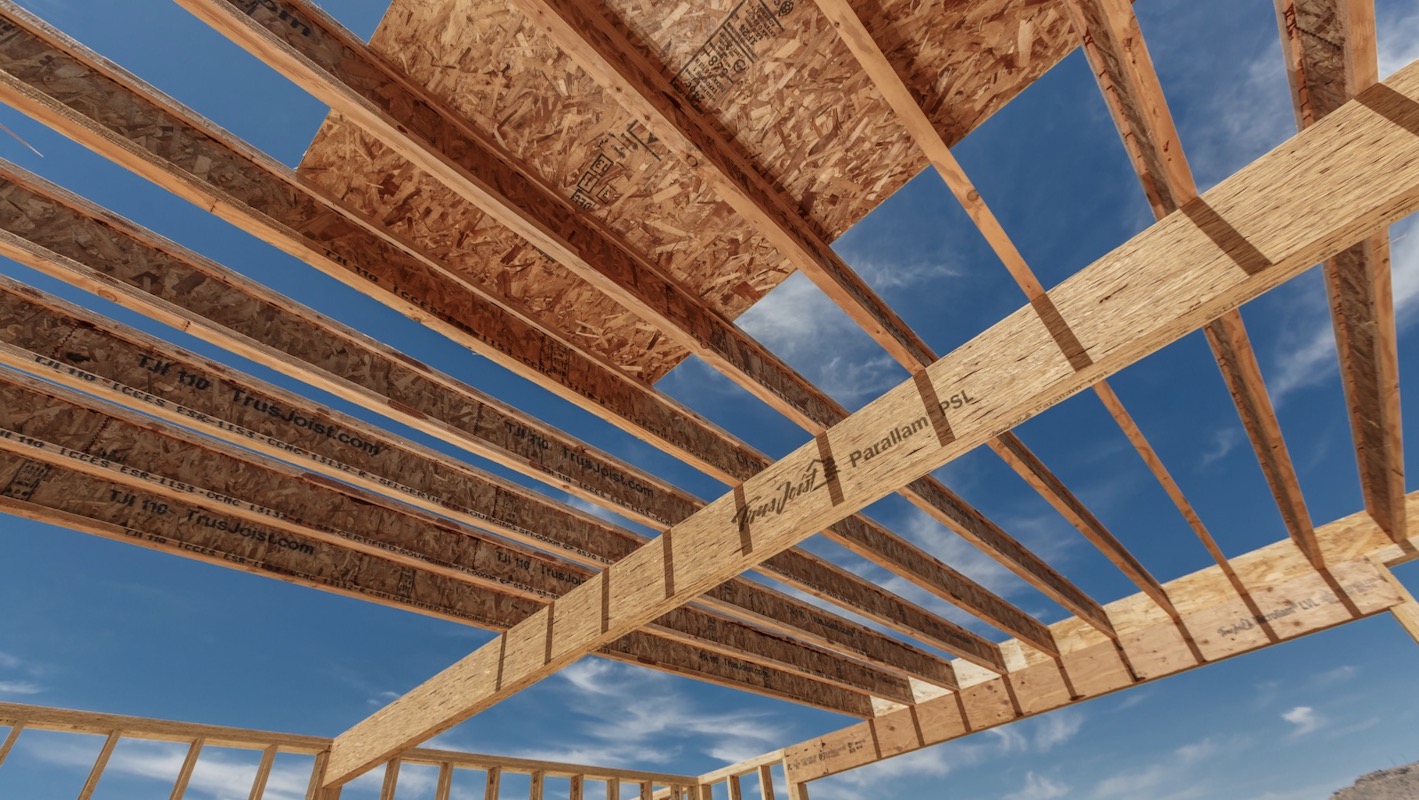A homeowner who hears her precious wedding china rattle in its cabinet every time her kids run through the dining room is likely to call the builder of her new home to come back and “fix” the floor. Likewise, a client who feels a little too much give and take underfoot as he steps across the living room will assume there’s something wrong with the floor—and call the builder back to solve the problem.
That won’t be easy for the builder, as post-construction access to floor joists can be limited—by a finished basement, for example. Lesson learned: Consider how the homeowner will use each room of the house before choosing the spacing, depth and series of the floor joists during construction. Prevention, as they say, is better than the cure.
High-traffic areas like the living room, dining room and kitchen are the source of most callbacks when it comes to floor performance. Because families use those areas of the house the most, they notice squeaks and “bounce” more than they do in an upstairs bedroom or home office, for example.
Knowing that will help the builder pre-empt the performance issues that could lead to callbacks. In addition, knowing exactly what your clients expect from the floors in their new homes will allow the builder to take necessary preventive action—not too much and not too little—to satisfy them.
In fact, different kinds of buyers expect widely different levels of performance from their new floors. In higher-end luxury homes, for example, the owners are often more discerning about the performance of the floor, while buyers of entry-level houses are sometimes more concerned about economy and efficiency. To understand the subjective nature of floor performance, Weyerhaeuser, the manufacturer of TJI® joists, collected floor performance data on more than 600 field and laboratory floor assemblies.
That research resulted in the TJ-™ Rating, which builders can use to determine the floor performance prior to construction. It gives the builder the opportunity to build a floor that performs the way the customers might expect—and be willing to pay for.
Still, every homeowner wants a floor that feels solid underfoot. Here are three examples of areas builders can focus on to head off call-backs and improve customer satisfaction with their floors.
- Bounce. Meeting minimum code requirements for joist deflection is usually not enough to keep the china cabinet from rattling. Increasing the joist’s depth, reducing on-center spacing between joists, using a thicker floor sheathing or shortening the joist’s span could significantly improve how stiff the floor feels to someone walking on it.
- Kitchen islands. When every item sitting on a granite-topped kitchen island shakes as the homeowner walks by, it’s logical to assume the floor can’t support the weight of the slab. But the problem could be a geometry issue. In the case of a granite countertop with an overhang or cantilever with a narrow cabinet base, small movements at the base can be amplified at the top, making the surface rock very slightly when someone walks by it. During construction, a builder can prevent that deflection by adding extra TJI® Joists under the island or installing perpendicular blocking within the joist system.
- Tile. Cracking tile is a sure sign of a hidden problem—a problem that’s far easier to prevent during construction than to repair once the ceramic shows signs of damage. A few best practices: Reduce TJI® Joist spacing; use a thicker subfloor panel; and install the subfloor and underlayment perpendicular to the floor joists.
Each homeowner has a different definition of “optimal” when it comes to floors, so a one-size-fits-all approach isn’t ideal, even from room to room. The more a builder knows about how each room will be used and what the client’s priorities are for how the home is constructed, the easier it will be to choose the right products for each application. That means greater customer satisfaction—and fewer callbacks about the floor.





